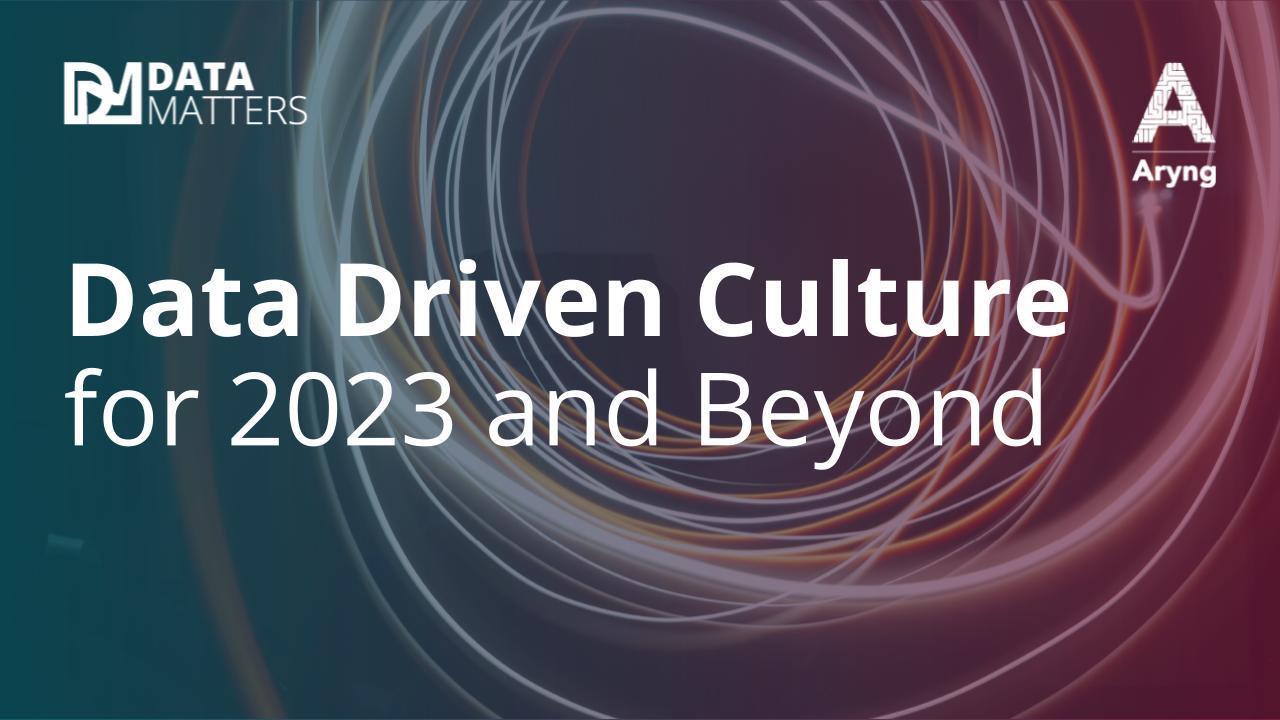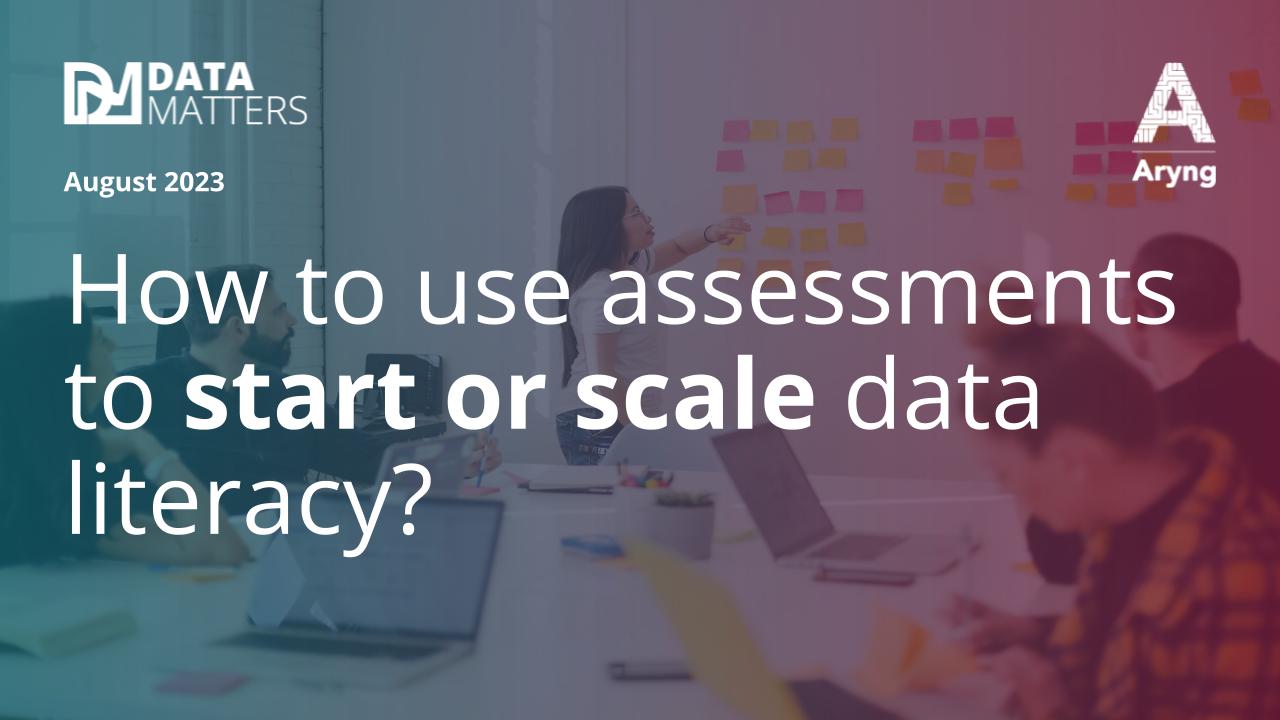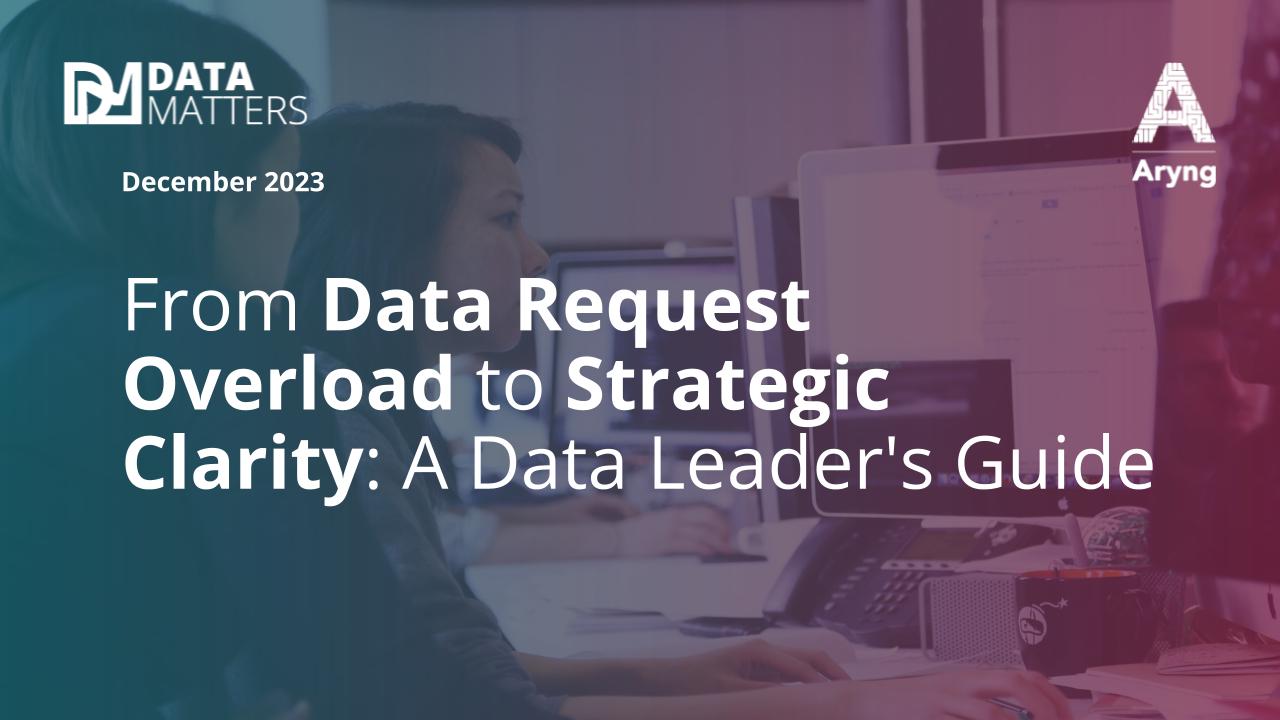Data is in abundance and everywhere. But, this does not mean that owning/sharing a large amount of data guarantees success for organizations that wish to drive impact by using data. It is absolutely necessary for companies to have a structure in place to manage data if they want to succeed. Data governance helps in this.
Data governance, simply put, is a concept of data management, which is guided by principles and practices ensuring that high-quality data is available at an organization.
For example, a company would need to have the same names of customers across various verticals such as customer services and sales so that there is a proper alignment. If the names differ across these verticals, any analysis that takes them into account would provide wrong results. Here, a proper structure would be handy in preventing these mistakes.
Why is it important?
The strategy is quite important for companies that are data-driven or want to become one. It is a part of data maturity, which in turn is fundamental to building a data culture – when decisions in an organization are driven by data.
A proper data governance strategy results in better analytics. This allows the company to make better decisions, ultimately driving increment. It is also useful in avoiding any data inconsistencies that can lead to fault analytics, bad decisions and other problems.
Data governance also makes data meaningful. If employees know that a good data governance strategy is in place, they would trust the data and use it.
Data governance framework
Companies need to form a team to implement a proper data governance strategy. The team includes:
- Governance Manager: He/she is accountable for the implementation of the policies.
- Committee: It implements strategic policies and plans that need to be put into place.
- Stewards: He/she is the overseer and checks if the implementation and policies are right into place.
Usually, the Chief Data Officer or an executive with an equivalent post leads the team. Some organizations appoint a separate data manager for the task.
The committee comprises business executives and approves the data governance policies and rules, in addition to the process required for implementing them.
Data stewards ensure that that the data is in order. The stewards implement the committee’s policies properly.
Data compliance
Just having a structure and a plan does not ensure that the regulations are being followed. Here, data compliance comes in handy. It is the practice of ensuring organizations follow rules so that data is organized and managed against chances of corruption, theft and misuse.
It allows companies to specify the data that needs protection as well as penalties associated with them in case of non-compliance.
Data compliance also allows businesses to meet the legal and governmental requirements when handling data. Organizations need a strict data compliance policy to avoid serious cybersecurity incidents that can put sensitive data at risk.
Furthermore, data compliance helps companies plan and implement how they will manage the private data of their customers and employees. So, they are responsible for protecting their personal data.









